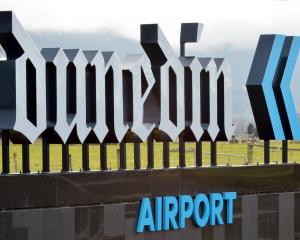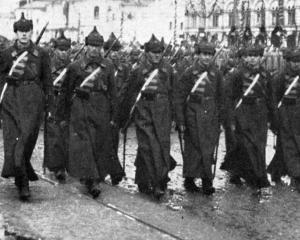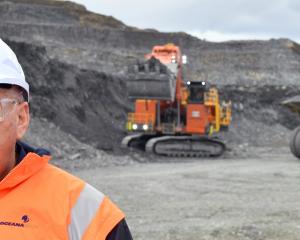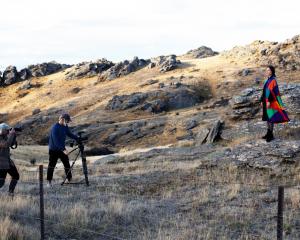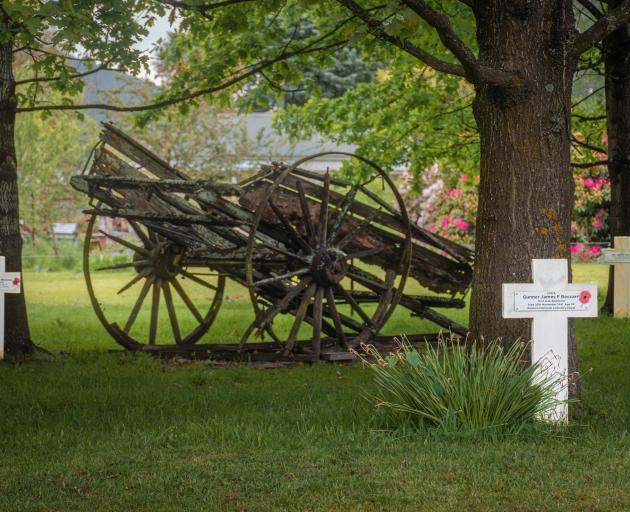
From 1862 steamboats regularly plied the lower Clutha, between Balclutha and Beaumont, while punts operated across the river until the first wooden bridge was constructed in 1874.
Disaster struck in 1878 when floods upstream destroyed the river bridges at Roxburgh and Millers Flat and the debris from those bridges swept away the Beaumont Bridge. In turn the wreckage of the three bridges continued downstream and destroyed the main bridge at Balclutha.

With the arrival of river dredges in the 1890s, Beaumont finally became a gold town with four dredges working the river near the town. Things got better for the town when the branch line from Milton reached Beaumont in 1915. Ten years later the line extended to Millers Flat and then on to Roxburgh. A forestry scheme began in 1927 when the government purchased land from the Dunkeld Station and even today the Beaumont Forest is the largest managed forest in Otago and Southland.
The good times were not to last. Gold ran out on the river and the steamboats from Balclutha stopped in 1939. The hotels gradually closed and when the elegant Bridge Hotel burned down in 1931, it was not replaced until 1938. In 1968 the railway line closed and as the population faded away the school closed in 1989.
While the gold has long gone, farming, forestry and apple orchards flourish, and visitors can enjoy trout fishing, hunting and bush walks. Very little of the old township exists today, though near the old school there is a unique war memorial where each casualty is remembered individually with a cross and a tree. Family run and friendly, Beaumont Hotel, built in 1938 to replace an older hotel, is a treat and also includes a campground.
Beaumont is 19km west of Lawrence on SH8.
The book
High Hopes and Big Dreams: 165 New Zealand small towns in their twilight, by Peter Janssen and Elizabeth Anderson (White Cloud Books from Upstart Press, RRP $49.99)

